How a Diversity Recruiting Start-Up Went All-Remote and ‘Never Looked Back’
By Elaine Meyer
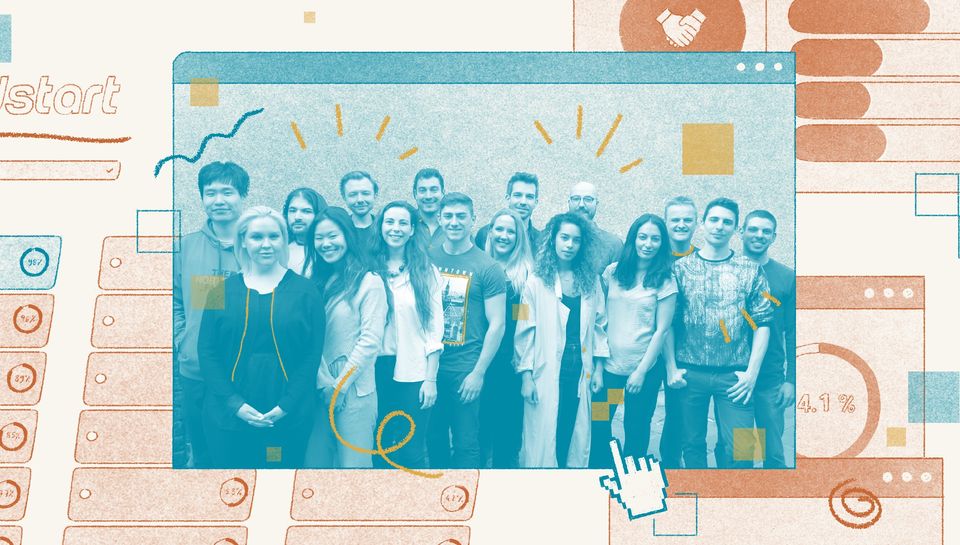
The fact that many workplaces are now pushing their people to return to the office shows that it takes more than even a global pandemic to instill a sustainable and successful remote work culture. But there is hope, and it’s embodied by organizations like Headstart, a diversity recruitment software company based in London.
The London-based company made the journey from a strong office culture to working entirely remote beginning in March 2019. By the time the pandemic began, they had worked remotely for a year, with team members in England, Italy, Poland, Bulgaria, and Scotland. During that time, worker productivity and focus increased, and their recruiting pool expanded: geography was no longer a limiting factor.
“It requires a completely different approach to thinking and leadership,” says CEO Gareth Jones. At Headstart, the priority is on focus time, not responsiveness or meetings; flexibility around work hours is encouraged; and trusting employees is baked into everything. Seeing improvements in quality of life and of work inspired Headstart’s choice to make remote work permanent.
In order to make the shift, Headstart needed a tool that would help streamline team communication, so employees weren't toggling between email and various chat tools. Instead, they could substitute fewer meetings and in-person time with genuine, high-quality written communication. They landed on Twist, which Gareth credits with helping the team move toward an asynchronous-first workplace.
“Twist was pretty fundamental in setting the scene for how we should communicate,” Gareth says. “It allows us to communicate without drowning each other in noise.” Read on to learn more about Headstart’s remote work journey.

Headstart’s remote work journey
Headstart is a 16-person company that provides large enterprise organizations like Accenture, Smiths and Balfour Beatty, with software that identifies underrepresented applicants in early hiring for early career jobs and apprentice programs.
“The core of what we do is to make access to work fair for early talent,” says Gareth. “The ultimate goal is to present the recruiter with a much broader pool of talent, and therefore give individuals opportunity they've never had before and recruiters access to individuals they would never have normally looked at.”
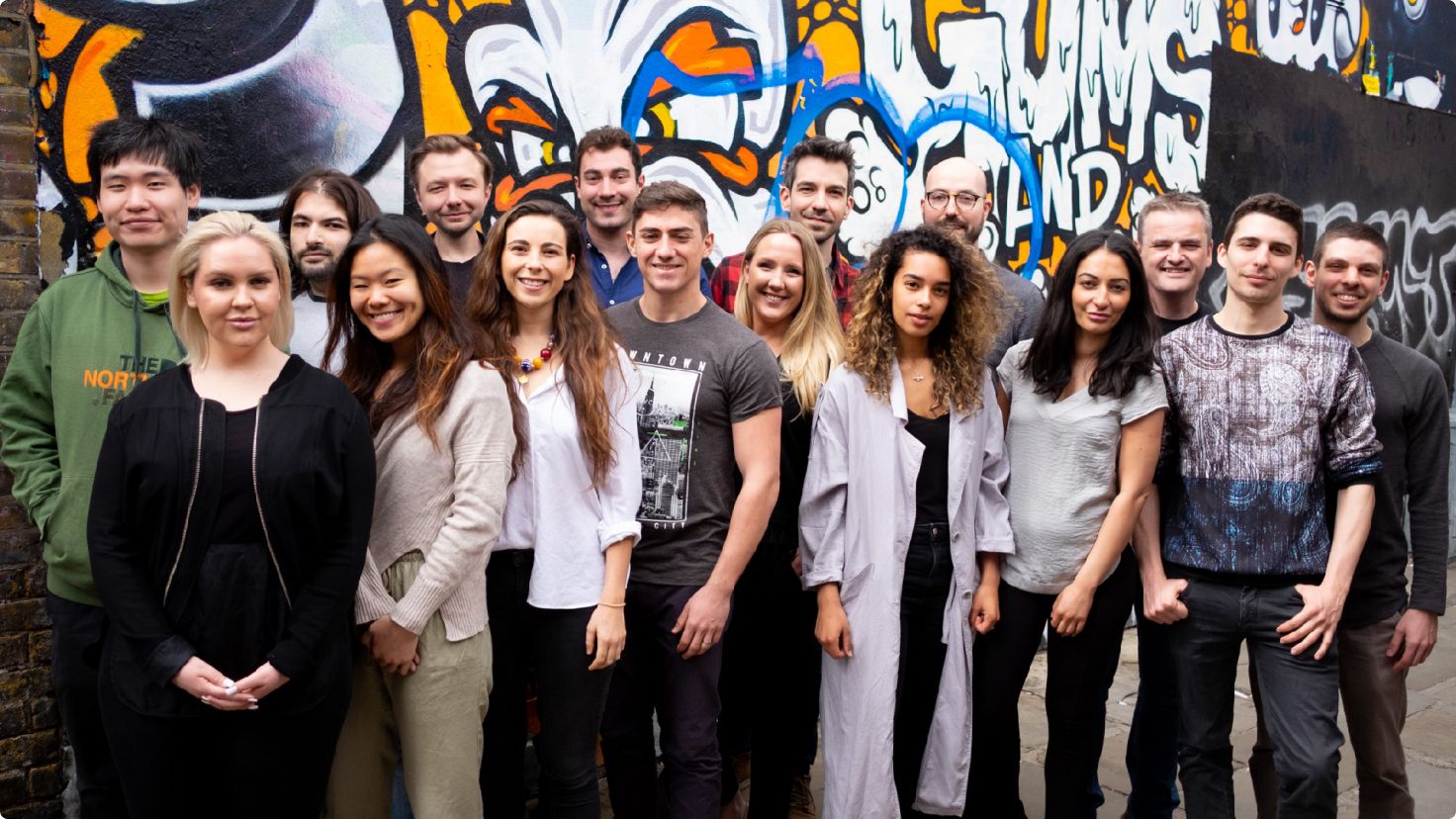
When it launched in 2016, Headstart, like many startups, had an office in Central London. Their shift to remote work was an accident. After having moved offices twice, they were facing a third move that would require them to work from home for a month while the premises were renovated.
“And so, I said, ‘Right, we're not going back in. We're going to set ourselves up to be remote, and we'll give it a try. If we find it's not going to work, we'll go back into the office,’” Gareth recounts. “We gave it a shot, and we’ve never looked back.”
As someone with a background in human resources, he had always championed flexible work. Breaking down the constructs of the work day appealed to him. Still, he had no idea how it would turn out. To prepare, he spent time reading about workplaces that had gone fully remote.
Even then, it took a year of experimenting with different enterprise communication tools and trying different processes to find an approach that worked.
From the noise of Discord to the focus of Twist
Headstart had been using Discord for team communication, but it was “just constant interruption,” says Gareth. It also felt like an added burden, another place where people had to search for, as Gareth puts it, “where did I see that message? Was it in Discord? Was it an email?” Gareth was not keen to move to Slack, which he found similarly noisy.
“Twist allows us to communicate without drowning each other in noise.”
But when Headstart switched to Twist, the experience was different. Twist offered the best of chat and email without the worst of either. It was easy to organize conversations through channels and threads, while at the same time enabling spontaneity. But Twist lacked the chaos of a cluttered email inbox or the noisiness of an always-on team chat tool like Slack or Discord. The switch went so well that today, Headstart keeps all internal team communication in Twist, which means the team only needs to look in one place for a message.
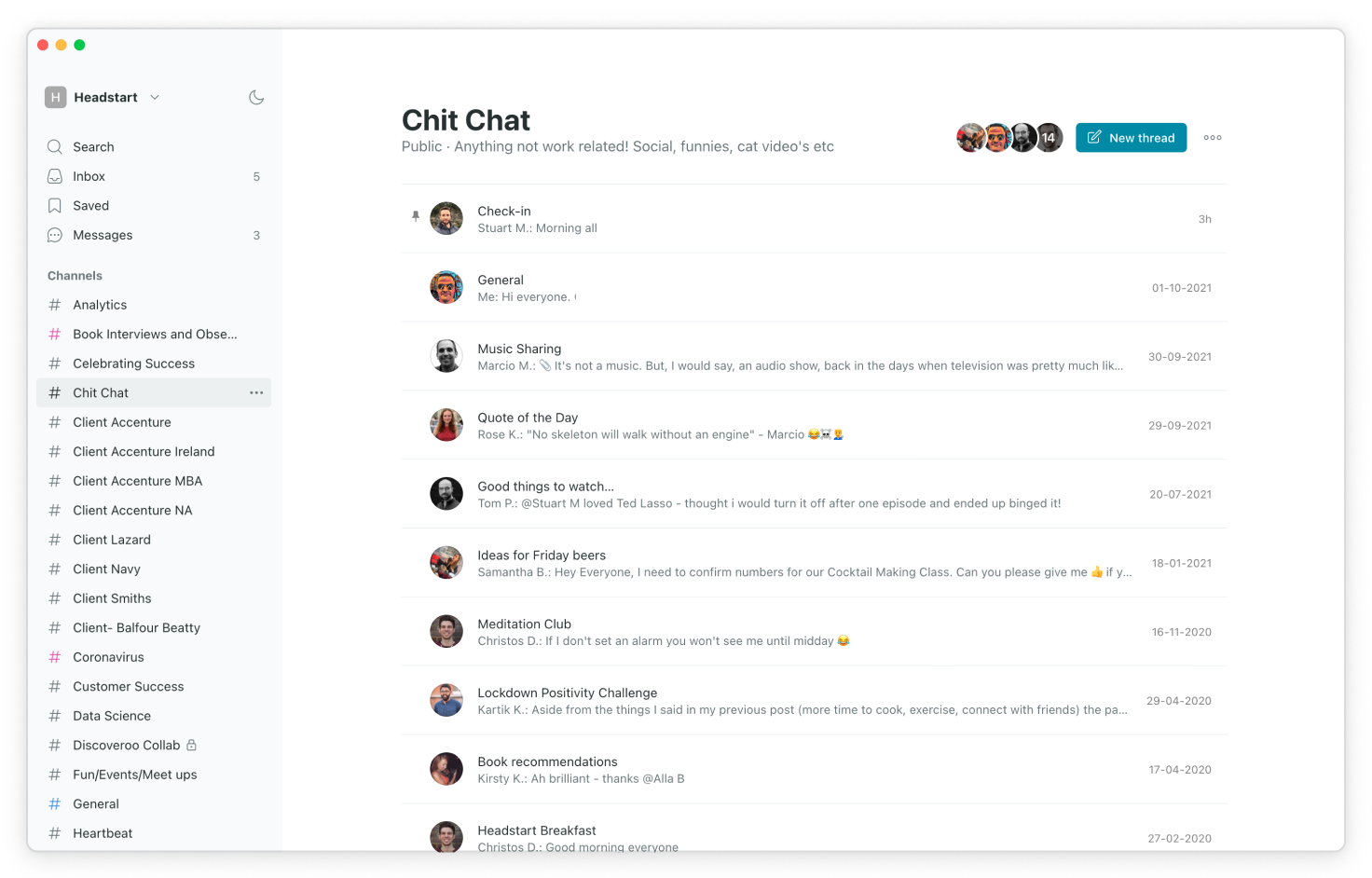
“Now we know it’s all in Twist, you just have to search for it,” says Gareth. “Twist weaned us off email, weaned us off chat—internal email has literally disappeared, and that for me is magic. And it created these big chunks of time that we could do focused work.”
Creating norms for async-first communication
Still, Twist wasn’t an immediate panacea. Gareth found that his team had trouble not getting distracted when messages came in, feeling reflexively they had to respond, particularly when it was coming from a higher-up.
“When we first put the platform in, I think it's fair to say that some people still saw it as a chat platform,” says Gareth. “What I mean by that was there was still this expectation that if I sent you a message, I would expect you to return the message to me promptly.” To move his team away from “the notion that everything is urgent,” Headstart set rules for how to use Twist. You aren’t expected to immediately respond to messages in threads. If someone is trying to get in touch on an urgent matter, they’re encouraged to ping on Zoom instead, or direct message.
“That was quite fundamental. We stopped serving each other just to respond to messages,” says Gareth.
Gareth and other members of the team also started to hold weekly “office hours” sessions over zoom, which let them answer one-off questions that would normally come at various points in the week in one hour-long sweep. These are open ‘drop in’ sessions that anyone can join.
And Headstart tweaked its approach to meetings, trying to avoid the common organizational problem of “having meetings about meetings for meeting's sake.”
They also went further and changed the format of existing meetings, particularly the traditional “update” meetings which often consisted of presentations with prepared slide decks. But when the team was distributed, these began to feel unnecessarily long-winded. Instead, the team moved updates to Twist. They created a “heartbeat” channel on Twist where each area provides updates on various aspects of the business, with threads for product, marketing, sales, and general business.
This freed up the regular team meetings to be entirely Q&A as opposed to only having 10 or 15 mins at the end of the meeting for questions.
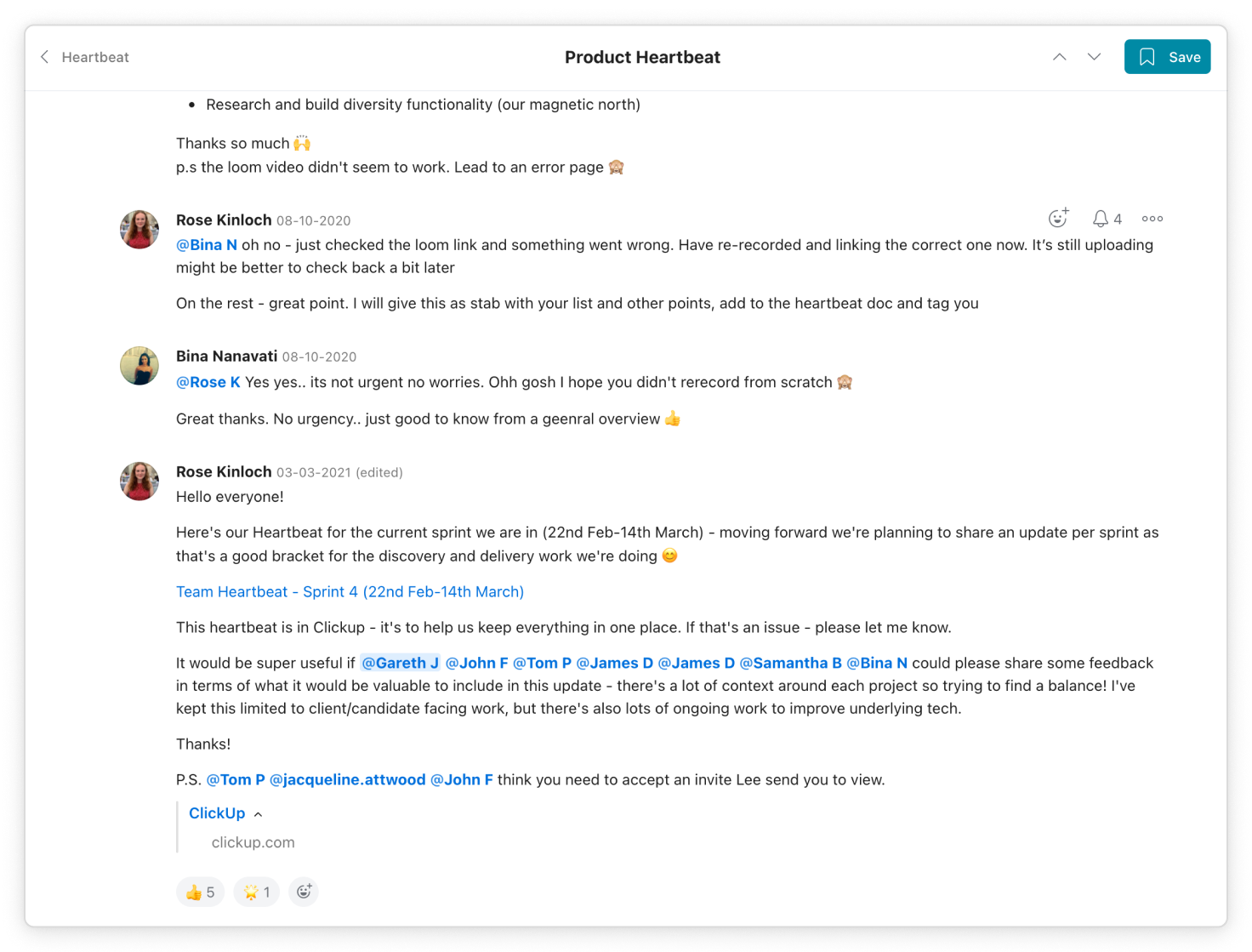
They have significantly cut down on check-in style meetings, with just an all-hands meeting once a month for an hour and a half which is now entirely Q&A — no more boring presentations to sit through!
And Gareth has done away with the practice of creating a deck, which he calls “liberating,” freeing him from needless busy work.
“It's so much easier to write a heartbeat than it is to try and stick a presentation deck together,” he says. “To me, it’s about, how do we make this business more simple?”
Part of the appeal of checking team chat tools whenever a message comes in is that it can break up the loneliness of working remotely. To give team members a space to connect throughout the day, Headstart has threads for things like sharing music and casual check-ins.

Baking trust into everything
For remote work to work, Gareth believed it was critical to “treat people like adults” and trust his employees to set schedules that would allow them to do their best work, rather than policing them through surveillance software or endless meetings.
“Leaders who like to work through hierarchical structures, who see themselves as a gatekeeper or who feel it is a key part of their role to know what their team is doing and how they are doing it will struggle in a more distributed organisation structure,” he has written.
To foster a culture of trust, he is selective in hiring. He expects people will come to meetings prepared — by reading the heartbeats channel. And he evaluates his workers not on responsiveness to a message but on how they deliver on defined outcomes.
The benefit is that the Headstart team can focus on their actual work without being consumed by the need to seem responsive. It benefits Gareth and the other leadership as well. They aren’t as easily diverted into the weeds of an issue, as often happens in noisier work environments, and so they have more time to focus on bigger, complex matters.
“I can now focus on the three things that I'm paid to do, which is make sure we've got a solid North Star, that we have sufficient money in the bank, and the most important one, create an environment where people can be their best self,” says Gareth. “I can do that in this role because I don't have any of this other clutter to deal with.”
Gareth’s advice for going async-first
For other companies that are coming off of the past pandemic year trying to figure out how to make remote, async-first work permanent, or create a hybrid workplace, the path that Gareth and his team took can be summarized in eight steps that any team can follow:
- Commit to one central communication platform: The challenge for workplaces today isn’t a lack of tools but an overabundance of them. Teams are easily overwhelmed when their communication is spread across various apps without rhyme or reason for why one conversation may have taken place on Google Docs and another on Slack. Gareth recommends having one platform as the team communication tool of choice, which in Headstart’s case is Twist.
- Organize your communication: Twist allows users to designate channels for different types of communication. Headstart has organized their channels to correspond to different areas of the company, such as Marketing, Sales, the Product, and Customer service, as well as fun channels to talk about music or celebrate successes.
- Create guidelines and norms for async communication: Working asynchronously isn’t intuitive. Even (or especially) in a distributed work environment, workers tend to feel they need to respond right away in order to prove they’re working. To head this off, Headstart creates basic norms around communication, including guidance on how people aren’t expected to respond immediately to a message on Twist.
- Cut down on meetings with async updates: To cut down on meetings, particularly when they revolve around updates, designate a Twist “heartbeat” channel or thread, as Headstart does. Bec
- Hold office hours: In a remote situation where the team rarely sees each other, it’s important to build in some real-time communication. Gareth and his leadership team hold weekly office hours to provide this, and to streamline how they answer questions.
- Check in optional: Working remotely can get lonely, which is what inspired Headstart’s check-in channel. It’s not about making sure butts are in seats, but rather giving the team a place to stay connected with their coworkers in various parts of Europe and give some structure to the day, since some of the team like to check in in the morning.
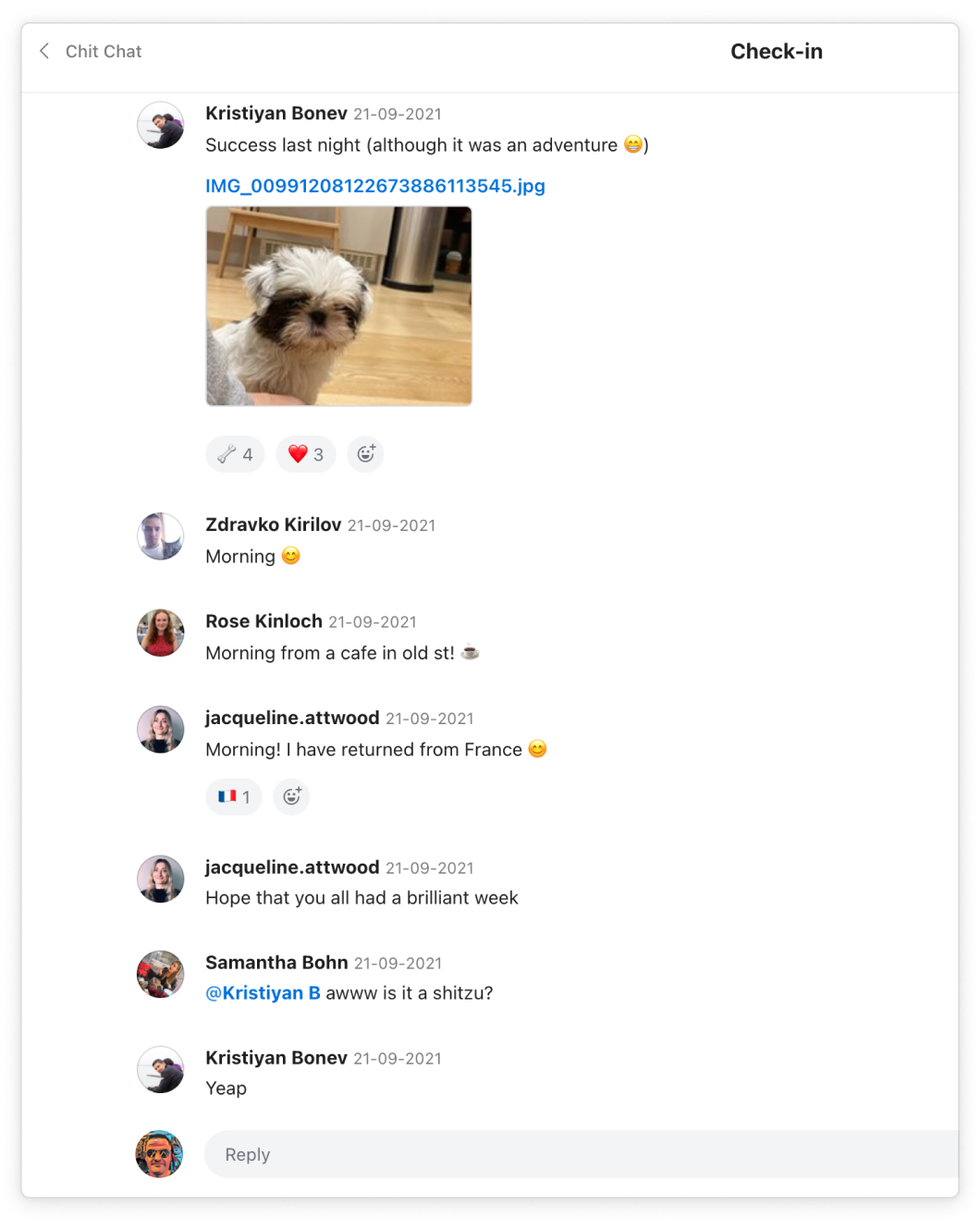
- Meet in-person at least Quarterly: Although it was difficult in the past year, Headstart tries to bring their team together in person. As a small team, they meet every four to six weeks in London for breakfast, and every Quarter for a couple of days, but organizations can adapt based on their size and budget.
Headstart’s story proves that remote work isn’t just a perk for employees but transformational for an organization, leading to meaningful improvements in focus, organization, and productivity.
“It’s about peeling away all of these unnecessary things that we’ve built into work,” says Gareth. “It's of no surprise to me that suddenly the world has realized that people are more productive when you give them the control over the time themselves.”
You don’t need to use Twist to get a ton of value out of this newsletter and community. But if the topics we talk about resonate with you, there’s a good chance the app will too. See what makes Twist different →
🌎 Built asynchronously by the fully remote team at Doist
